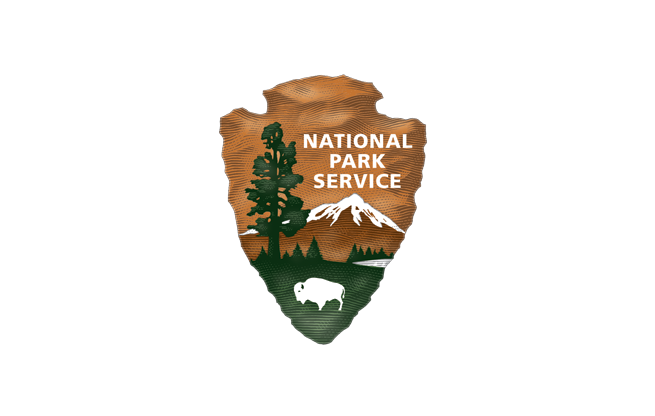Our History
1916
Authorization of Hawaiʻi National Park
1916
1920
Establishment of the National Park Service
1922-1936
Park Building and Expansion
1922-1936
1933
Founding of Hawaiʻi Natural History Association
1948
Cooperating Educational Society
1948
1961
Growth of Hawaiʻi's National Parks
1972-2000
HNHA Assists Three Additional Parks
1972-2000
2011
Hawaiʻi Pacific Parks Association
Present
Present Day Landscape of Cooperating Associations
Present
1933-current
Total Support to the Parks
In 2023, we welcomed the Ala Kahakai National Historic Trail on Hawaiʻi Island into our partnership.
In the over 90 years that it has been in existence, the Association has donated over $32 million in support of projects and services in the national parks. In the past 40 years, we’ve grown from an organization grossing approximately $30,000 per year and having one employee to an organization grossing over $5.5 million per year and employing over 35 individuals on a part-time or full-time basis.


